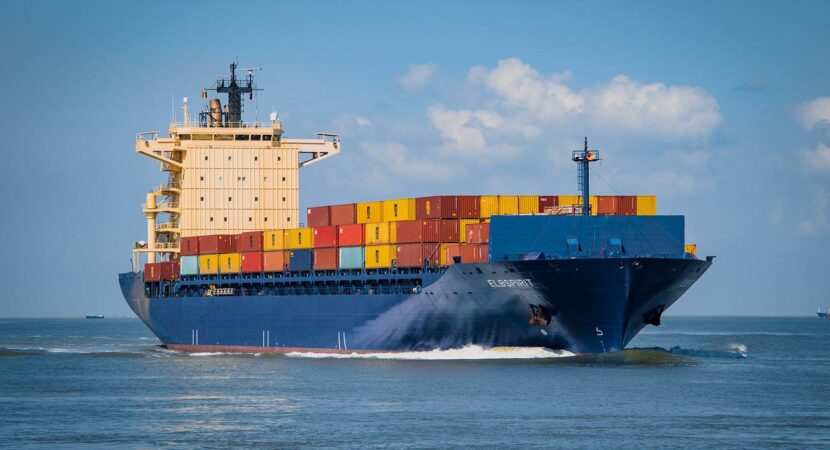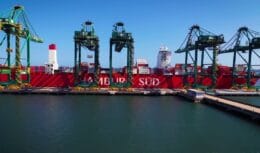
Antaq confirms that the lack of containers in ports will continue in the medium term and projects even more logistical problems in the port sector. The logistical bottleneck has made shipping more expensive due to the high demand caused by the pandemic, while companies are making record profits.
On Thursday (28/07), Antaq announced that, according to a report made by the agency, the lack of containers should continue in the medium term. The report analyzed the logistical bottleneck and its consequences for the maritime market, one of which was precisely the increase in freight in maritime transport on container ships in ports worldwide.
To prevent the port sector from collapsing, Antaq is monitoring what are the causes that are causing the lack of containers in Brazil and in the world
In this way, the group has increasingly monitored the causes and consequences of the lack of containers in the shipping market on routes involving Brazil. The report made by the agency indicates the conclusions of the group. The growth in the transport of this type of cargo started between 2020 and 2021 and the reasons are the change in consumption around the world caused by the Covid-19 pandemic.
“The lack of containers and the logistical capacity of the ports, accompanied by the increased demand for handling containerized cargo, driven by the growth of the e-commerce market and the concentration of the maritime transport market, caused a major international logistical problem; being certain that the probable prognoses assess that this situation will last in a medium term horizon”, informs the report developed by Antaq.
The increased use of computers, IT inputs, television and air conditioning, for example, are other changes related to the growth in the transport of this type of cargo. This caused an increase in the cost of shipping containerized cargo and delayed the shipment of other cargo around the world.
Among the findings found by the regulatory agency in analysis with the users, are: cargo omissions, cargo rollover, lack of containers, freight increase, congestion at terminals, among others.
The main finding found by the agency was the verification of scale emissions
According to the director of Antaq, Flávia Takafashi, the great finding was the confirmation of stopovers, which are cancellations of access to ships to a specific port terminal. Thus, in practice, this means that the docking of ships scheduled to take place in a certain period of time will no longer take place. In addition to these findings, the concentration of cargo handling in ports with terminals managed by shipowners was also examined.
In addition, another point to be considered are ships with a crew with Covid-19 and a greater concentration of volumes in integrated terminals — those belonging to shipowners — and fewer logistical options.
The Antaq agency also realized that, for these reasons, it resulted in the loss of credibility of the port and loss of cargo in cabotage navigation, those between ports in the same country. The agency's findings are similar to those observed in the report by the logistics company DHL Global, published in early July 2022.
According to DHL, on average, shipping a container load cost around US$2.000 in the last quarter of 2020 and has now reached around US$10.000 at the beginning of the last quarter of last year.
The expectation, according to the logistics company, is that the price for transporting this type of cargo will continue to remain high. In this sense, on one of the main routes of world maritime trade, the United States-Shanghai, the value of freight on a container ship went from US$ 1.000 in the 3rd quarter of 2020 to US$ 4.500 in the last quarter.












